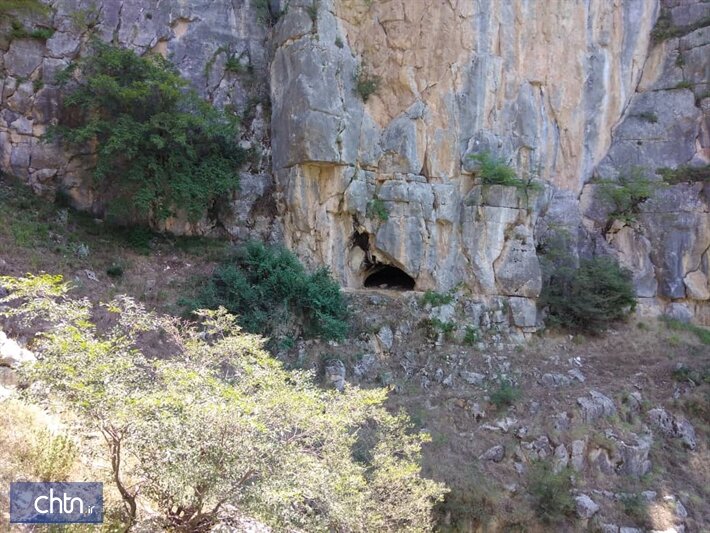Caves in northern Iran show evidence of Neanderthals

TEHRAN – Preliminary studies on the potteries found at four newly discovered caves in Amlash, northern Gilan province, shows that Neanderthals used the caves as shelters.
The ancient caves, which are located in a forest, near a river, seem suitable places to be used by prehistoric humans as shelters, deputy provincial tourism chief Vali Jahani announced on Sunday, CHTN reported.
Amlash is home to some historical and archaeological sites such as Liar-Sang-Bon, filled with ancient and prehistoric settlements and cemeteries.
Liar-Sang-Bon was initially identified in [the Iranian calendar year] 1391 (March 2012-March 2013) while its related mapping and demarcating projects were completed in [the calendar year] 1393 and its first season of excavation commenced in [the calendar year] 1395.
The excavations yielded helpful cultural information in archaeology anthropology and ancient botanist arenas. A field research in 2016 led to the discovery of funerary and stone architectural objects and that estimated to date from the Parthian and Sassanid eras.
A 2019 study published in the Journal of Human Evolution, suggests that Neanderthals were roaming at the Iranian Zagros Mountain sometimes between 40 to 70 thousand years ago.
Until the late 20th century, Neanderthals were regarded as genetically, morphologically, and behaviorally distinct from living humans. However, more recent discoveries about this well-preserved fossil Eurasian population have revealed an overlap between living and archaic humans.
Neanderthals lived before and during the last ice age of the Pleistocene in some of the most unforgiving environments ever inhabited by humans. They developed a successful culture, with a complex stone tool technology, that was based on hunting, with some scavenging and local plant collection. Their survival during tens of thousands of years of the last glaciation is a remarkable testament to human adaptation.
ABU/MG
